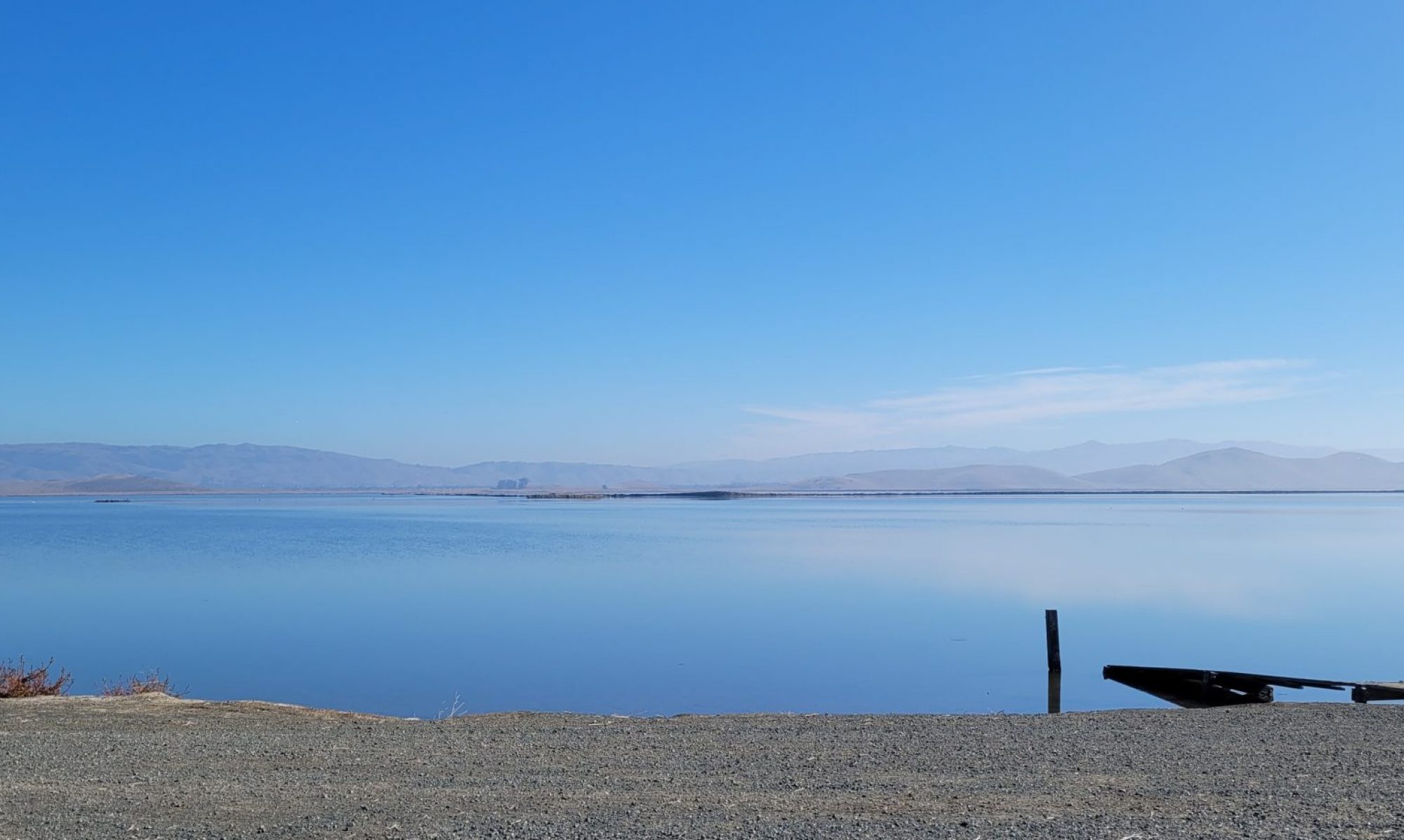In 1968, if you were off from school in Detroit on a weekday, you might start the day at 8:30 am with Rita Bell’s Prize Money Movie where she would dial for dollars during commercial breaks from black-and-white-movies. It just had to get you to 10:30. Time for Jeopardy.

Last night, Jeopardy completed its “Greatest of All Time Tournament” in riveting fashion as nearly 20 million viewers watched a trio of America’s fastest trivia buffs duke it out for a million dollars. It’s strange to think that you’d spend much of your life watching a particular show, seeing the drama of life play out in questions and answers, risky wagers and eye-popping pull-out-of-your-fundament responses. The players have aged; the hosts have aged; I’ve aged. This is no longer television. This is mythology.
The Game Before Alex
It may seem like a tangent to go back to the first rendition of Jeopardy, which ran on NBC from 1964 to 1975, then again from 1978-79. But, in a way, Jeopardy saved the quiz show, bringing respect back to fact-based questions following the scandal of the 1950s, where contestants were fed correct answers in order to boost TV ratings. In the early 1960s, game shows had switched to focusing away from trivia, where contestants guessed dollar amounts (Price is Right), played simple games (Concentration), or performed silly physical challenges (Beat the Clock.) Jeopardy was the first where contestants had to demonstrate knowledge more than luck and where the answers were more interesting than the banter between barely known celebrities.
Continue reading “Our Lives in Jeopardy”


